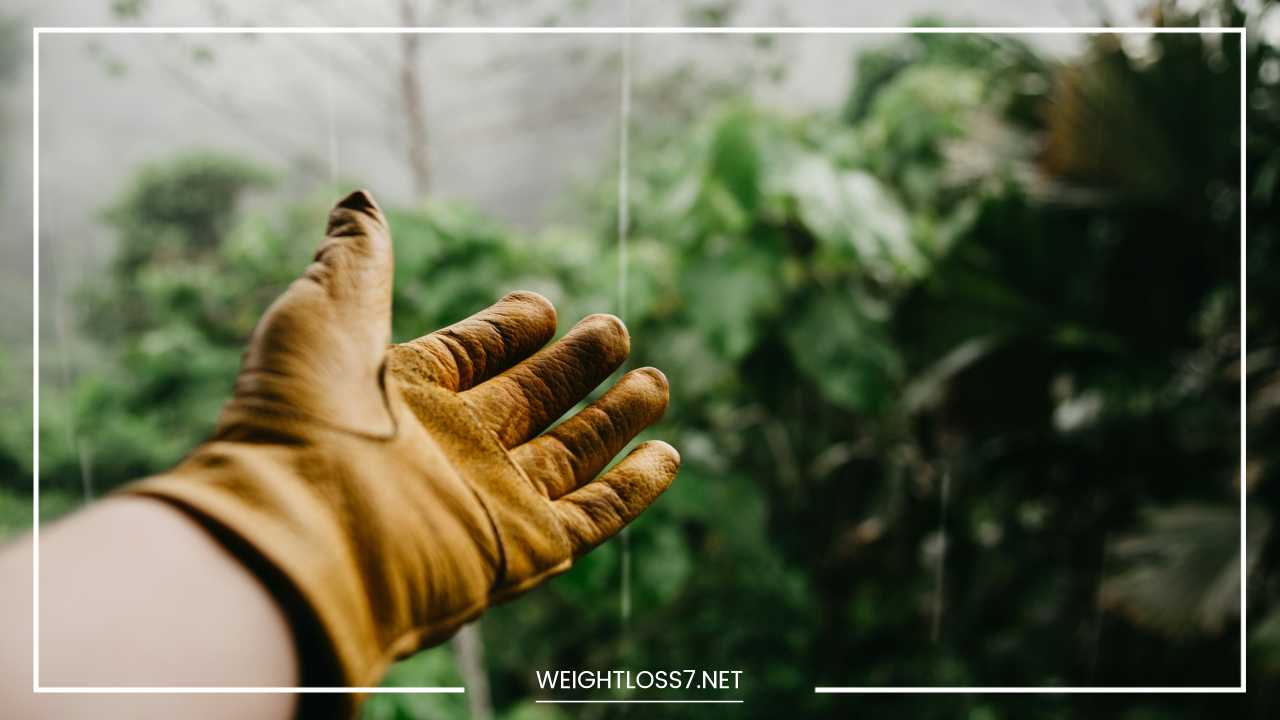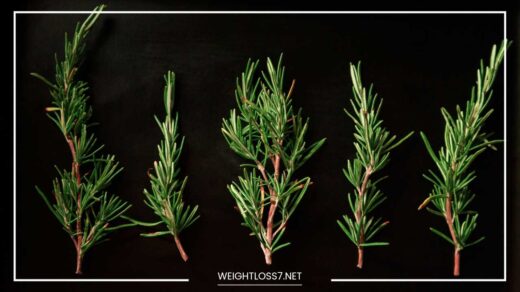Health Hazards in Your Garden

Garden
Health Hazards in Your Happy Place: A Gardener’s Guide to Safety
Gardens are our havens of tranquility, bursting with life and the satisfaction of nurturing something beautiful. But beneath the vibrant blooms and fragrant herbs lurk potential health hazards. Fear not, fellow green thumbs!
By understanding these risks and adopting simple precautions, you can transform your garden into a safe and joyful space.
Ergonomics in the Eden:
Gardening isn’t just about reaping the rewards; it’s a workout too. Repetitive motions like digging, weeding, and pruning, along with awkward postures and lifting heavy objects, can lead to aches, pains, and even injuries.
Here’s how to keep your body happy while you cultivate your happy place:
- Warm-Up and Cool-Down: Just like any athletic endeavor, prepare your body for the task ahead. Start your gardening session with some light stretches to loosen up your muscles and improve flexibility. Focus on your shoulders, back, hamstrings, and calves, as these areas are most prone to strain. After your gardening adventure, don’t forget to cool down with some gentle stretches to prevent post-activity stiffness.
- Posture Perfection: Bending at the knees is key! When lifting plants, pots, or bags of soil, squat down, keeping your back straight and core engaged. Avoid twisting your body while lifting – instead, pivot your feet to face the direction you want to move.
- The Power of Tools: Use the right tools for the job. Invest in ergonomic tools with comfortable grips and proper length for your height to minimize strain. A long-handled shovel can significantly reduce back stress compared to a short one. Look for tools with lightweight materials and consider cushioned kneepads for kneeling tasks.
- Listen to Your Body: Pain is your body’s way of saying “stop!” Don’t push yourself through discomfort. Take frequent breaks to rest, rehydrate, and stretch. If you experience persistent pain, consult a doctor to rule out any underlying conditions.
Sun Safety: Your Garden Armor
Gardens are naturally bathed in sunlight, which is fantastic for plant growth, but not so great for our skin. Excessive sun exposure can lead to sunburn, premature aging, and even skin cancer. Here’s how to create a sun-safe haven in your personal paradise:
- Be a Sun Strategist: Plan your gardening sessions for the cooler parts of the day. Early mornings or late afternoons offer lower UV intensity compared to the peak sun hours (typically 10 am to 4 pm). If you must garden during midday, try to find shady areas or create temporary shade with a pop-up tent or large umbrella.
- Dress for Success: Protect your skin with loose-fitting clothing made from breathable fabrics like cotton or linen. Light-colored clothing reflects UV rays more effectively than dark colors. Opt for long sleeves and pants whenever possible, especially if you have fair skin or a history of sunburn.
- Shield Yourself: A wide-brimmed hat is your best friend! It shades your face, neck, and ears, preventing sunburn and reducing your risk of skin cancer in these areas. Look for hats with a brim of at least 3 inches for optimal protection.
- Sunscreen is Your Superpower: Apply a broad-spectrum sunscreen with SPF 30 or higher to all exposed skin, regardless of the time of day. Reapply sunscreen every two hours, or more often if you’re sweating heavily or swimming. Don’t forget areas like your ears, lips, and the tops of your feet which are often neglected.
Nature’s Nasties: Minimizing Bites and Stings
Insects and other critters are part of the vibrant garden ecosystem. However, some bites and stings can be painful, itchy, or even life-threatening if you have allergies. Here’s how to minimize your chances of an unpleasant encounter with these tiny garden residents:
- Dress Like a Pro: Wear long pants, socks, and closed-toe shoes when venturing into your garden. Tuck your pants into your socks to create a barrier against ticks and other crawling insects. Consider lightweight, breathable clothing that allows for movement while providing protection.
- Repellent Power: Utilize a DEET-based insect repellent that’s safe for you and your family. Follow the instructions on the label carefully, paying attention to reapplication frequency. There are also natural alternatives like citronella oil or lemon eucalyptus oil, although these may require more frequent application.
- Be Aware of Your Surroundings: Keep an eye out for beehives, wasp nests, and ant hills. Avoid disturbing them and give them a wide berth. If you encounter a swarm of insects, stay calm and move away slowly, avoiding swatting or flailing your arms.
- Know Your Allergies: If you have a known allergy to insect bites or stings, carry an EpiPen and be sure to know how to use it. Inform a friend or family member about your allergy and have them readily available in case of an emergency.
Plant Poisons: A Garden of Knowledge
Many beautiful plants harbor hidden dangers. Some common garden ornamentals, like foxgloves, daffodils, and rhododendrons, contain toxins that can cause serious illness if ingested.
Before incorporating a new plant into your garden, research its toxicity, especially if you have children or pets. Here are some general tips to keep your garden safe and enjoyable for everyone:
- Labeling is Key: Create a system for labeling your plants. This will help you identify them easily and avoid accidental ingestion, especially for look-alike plants with varying toxicity levels. Consider using permanent plant markers or creating a garden map that details the location and name of each plant.
- Glove Up: Wearing gloves is a wise practice, especially when handling plants with thorns, sap, or unknown toxicity. This will protect your skin from irritation and potential allergic reactions. Opt for durable gardening gloves that offer good dexterity and puncture resistance.
- Educate Your Little Sprouts: Young children are naturally curious and may not understand the difference between safe and poisonous plants. Teach them not to eat any plants in the garden and supervise them closely while they’re outdoors.
- Safety First, Beauty Second: If you have highly toxic plants, prioritize safety over aesthetics. Plant them in a fenced-off area or containers where pets and children cannot access them. Consider placing a decorative barrier around the base of the plants to further deter curious explorers.
Chemical Concerns: Wielding with Wisdom
Pesticides, herbicides, and fertilizers can be powerful tools for maintaining a healthy and vibrant garden. However, improper use can pose health risks to you and the environment. Here’s how to handle these chemicals responsibly and keep your garden safe:
- Knowledge is Power: Read the label carefully, every single time. This may seem tedious, but different products have varying instructions for mixing, application, safety precautions, and disposal. Never assume you know how to use a product based on past experience.
- Gear Up for Protection: Don’t underestimate the importance of proper protective gear. This may include gloves, goggles, a respirator, and long-sleeved clothing depending on the product used. Opt for materials like nitrile rubber for gloves, which offer good resistance to a wide range of chemicals.
- Consider Alternatives: There are often natural and organic alternatives to harsh chemicals. Explore options like neem oil for pest control, homemade compost for soil enrichment, and hand weeding for targeted weed removal. These methods may be more time-consuming but are safer for you, your family, and the environment.
- Storage Matters: Store chemicals safely and securely. Keep them in their original containers, out of reach of children and pets, in a cool, dry place. Avoid storing them near food or heat sources.
- Disposal Done Right: Never pour leftover chemicals down the drain or onto the ground. These actions can contaminate water sources and harm wildlife. Find a local hazardous waste disposal facility and dispose of unused or expired chemicals responsibly.
From Garden to Plate: A Bountiful Harvest
Homegrown fruits and vegetables are a source of pride and deliciousness. But even in your own backyard, there’s a chance of contamination from bacteria, parasites, or even residual chemicals.
Here’s how to ensure a safe harvest from your personal patch of paradise:
- Washing is Essential: This might seem obvious, but it’s crucial to wash all fruits and vegetables thoroughly before consumption, regardless of whether they’re organic or conventionally grown. Rinse them under clean running water for at least 30 seconds. Consider using a vegetable wash specifically designed to remove dirt, bacteria, and pesticide residue.
- Composting Concerns: If you use compost in your garden, ensure it’s properly composted and free of pathogens. Compost piles that reach high temperatures effectively kill most harmful bacteria, but improper composting can harbor harmful organisms. Use caution when handling compost, especially if you have open wounds or are immunocompromised.
- Mind the Water Source: Contaminated irrigation water can lead to foodborne illness. If you use well water for watering your garden, have it tested regularly for bacteria like E. coli. Municipal water supplies are generally safe for irrigation, but consider the potential for lead contamination in older homes.
- Location, Location, Location: Where you plant your vegetables can also affect their safety. Avoid planting near areas with high traffic or potential sources of contamination like busy roads or pet waste disposal areas. Opt for raised garden beds for improved drainage and to minimize contact with potentially contaminated soil.
By following these simple yet effective tips, you can transform your garden into a haven of health and happiness.
Gardening can be a deeply rewarding experience, fostering a connection with nature, promoting physical activity, and providing a delicious bounty.
With a little awareness and preparation, you can minimize the potential risks and maximize the enjoyment you reap from your verdant paradise.
Cultivating a Sustainable Garden
Taking care of your garden goes hand-in-hand with taking care of the environment. Here are some tips for creating a sustainable garden that benefits not just you, but the planet as well:
- Embrace Native Plants: Native plants are adapted to your local climate and require less water and maintenance. They also provide vital food and habitat for native pollinators like bees, butterflies, and hummingbirds.
- Water Wisely: Implement water conservation strategies like drip irrigation or hand-watering to minimize water waste. Utilize rainwater harvesting techniques to collect and store rainwater for later use in your garden.
- Compost Magic: Composting kitchen scraps and yard waste creates a nutrient-rich fertilizer for your plants, reducing your reliance on manufactured fertilizers and diverting waste from landfills.
- Mulch it Up: Applying a layer of mulch around your plants helps retain moisture, suppress weeds, and regulate soil temperature. Organic mulches like shredded bark or wood chips decompose over time, adding nutrients to the soil.
- Beneficial Bug Brigade: Attract beneficial insects like ladybugs, praying mantises, and lacewings to your garden. These natural predators help control pest populations without resorting to harmful chemicals.
Final Word:
Your garden can be a vibrant oasis, a source of nourishment and joy. By being mindful of potential health hazards and adopting sustainable practices, you can cultivate a thriving garden that benefits you, your family, and the environment. So, grab your gloves, get your hands dirty, and embrace the wonder of your own personal Eden!

















